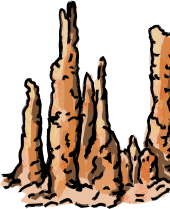Neanderthals of the Cavern
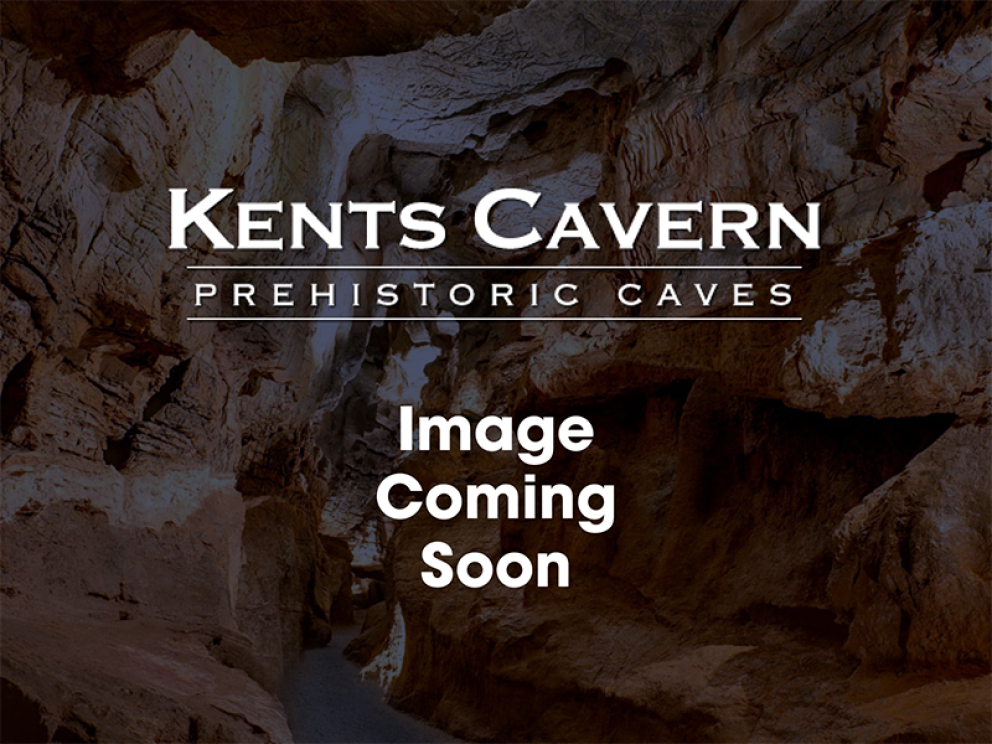
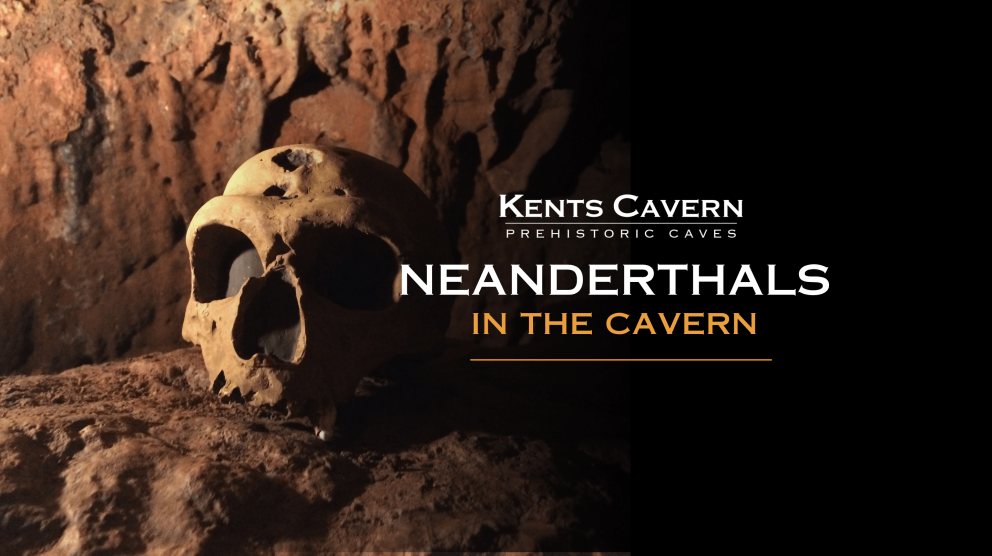
Neanderthals have been done a disservice by the media. We have all witnessed something about a Neanderthal called Ugg at some point in our life. And we were often taught that they were very stupid too! Kents Cavern is trying to change this view
What were Neanderthals really like?
When a lot of people think of Neanderthals, they imagine hunch-backed, short, hairy people fighting dinosaurs, and walking around saying things like “ugg” and “ooga”. Over the years we have learned lots about our closest relatives, and this stereotype is woefully inaccurate.
Recent studies have revealed Neanderthals were very similar to us: they communicated with one another, collected crystals, shells and fossils that they found interesting, even painting these objects to wear as jewellery. They were also some of the earliest people to produce artwork! Neanderthals cared for the sick and elderly too; a skull, found at a site at La Chapelle-aux-Saints in France in 1908, provides tantalising evidence for this. At the time of death the individual the skull belonged to was about 60 years of age, making them one of the oldest Neanderthals ever found! Before their death the individual suffered from severe arthritis and had lost most of their teeth, so were unlikely to survive on their own and so had to have been looked after by others…
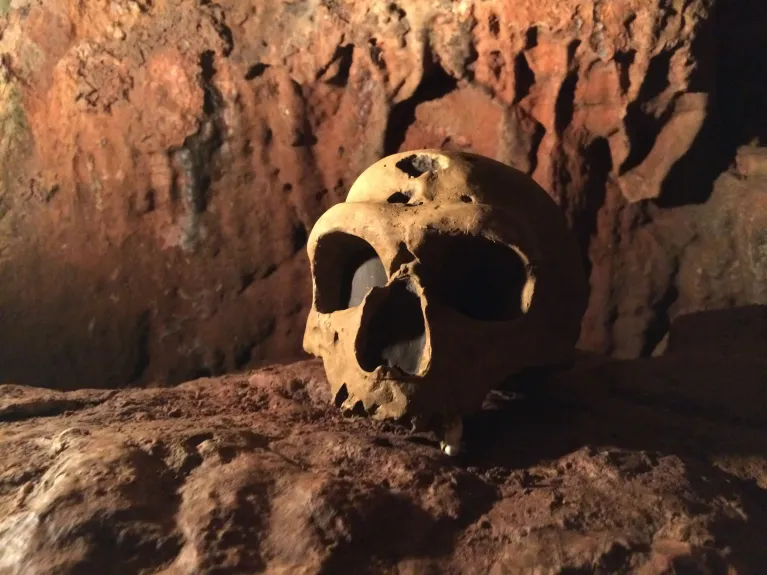
Neanderthals and their tools
Like with Homo heidelbergensis, we haven’t found any Neanderthal bones here at Kents Cavern. In fact, there are only two places in Britain where Neanderthal bones have been found; Swanscombe in Kent where a very early Neanderthal braincase was discovered, and Pontnewydd cave in Denbighshire, Wales, where multiple bones and teeth were found. As with H. heidelbergensis we know Neanderthals were living in or very close to Kents Cavern from the tools they left behind.
Neanderthals actually produced the same type of tools as our species, a culture of tool called Mousterian. Mousterian tools are leaf shaped, roughly triangular, and might have been attached to wood to make spears. By the time Homo sapiens migrated into Western Europe and Britain we had started to produce a unique type of tool, called Aurignacian, which is very different to Mousterian tools. Aurignacian flint tools are much longer and thinner, and are just a small variety of the greater tool set our species would have used at the time, including worked bone and antlers. Because Homo sapiens had advanced their tool creation into the Aurignacian culture by the time they reached Britain, any Mousterian tools in Britain had to have belonged to Neanderthals - this is how we know they were here at Kents Cavern!
We are more alike than you might think...
Researchers don’t know concretely why Neanderthals went extinct (in Britain 40,000 years ago), but lots of suggestions have been put forward, such as the changing climate, competition with Homo sapiens, disease, or a mixture of many different factors. What is known for certain is they never really truly died out... Nearly every single person alive on the planet today has between 1 - 4% of their DNA derived from Neanderthals. This means Homo sapiens had children with Neanderthals - on many occasions! So while there are no true Neanderthals left today, nearly everyone on the planet is directly descended from at least one of these Neanderthals, perhaps from a Neanderthal that once used Kents Cavern as a shelter tens of thousands of years ago...
references
Dinnis, R., & Stringer, C. (2023). Britain: One million years of the human story. (2023 ed.) London: Natural History Museum.
Pengelly, W. (1884). The Literature of Kents Cavern, Part V. Report and Transactions of the Devonshire Association, Vol. 16, pg. 189. Retrieved from: Report & Transactions of the Devonshire Association Vol 16 (1884) : Devonshire Association for the Advancement of Science Literature & the Arts : Free Download, Borrow, and Streaming : Internet Archive
Wilson, C., Pope, M., & Shipton, C. (2024). Revisiting the handaxes of Kents Cavern. Quaternary International, Vol. 685. DOI: https://doi.org/10.1016/j.quaint.2024.01.007
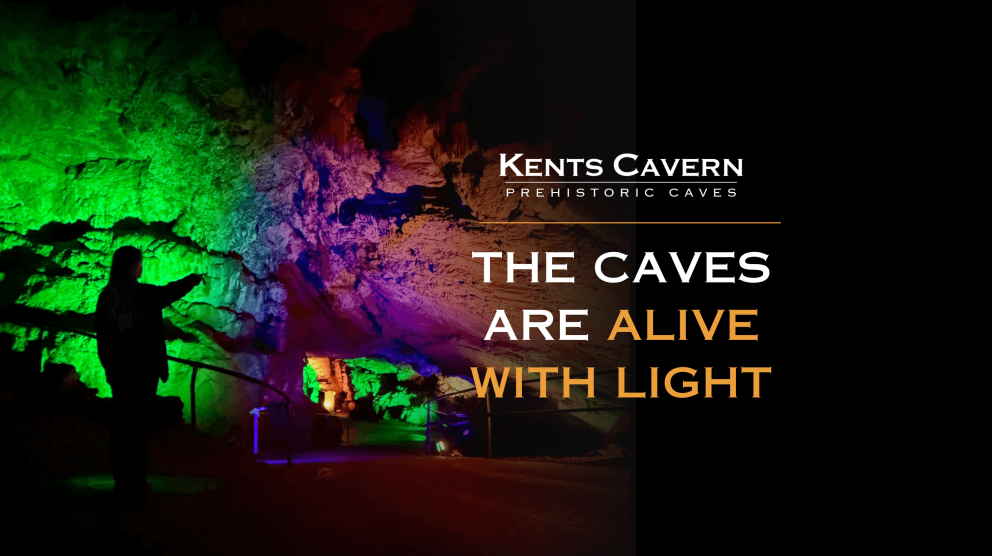
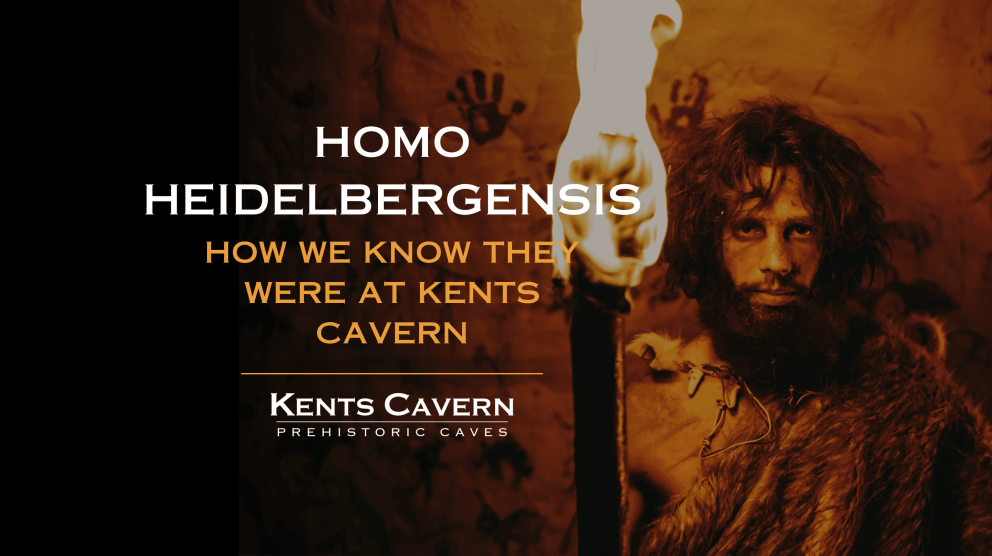
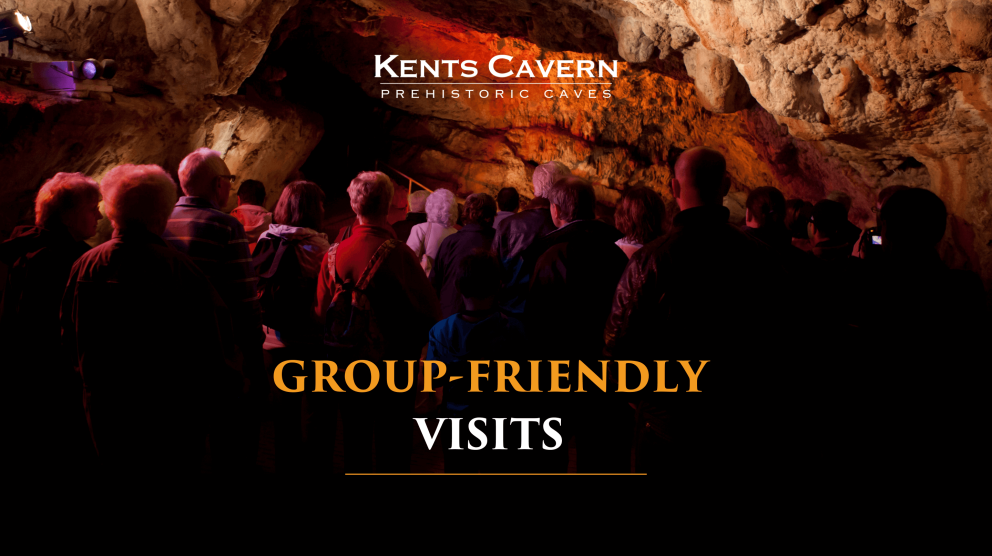

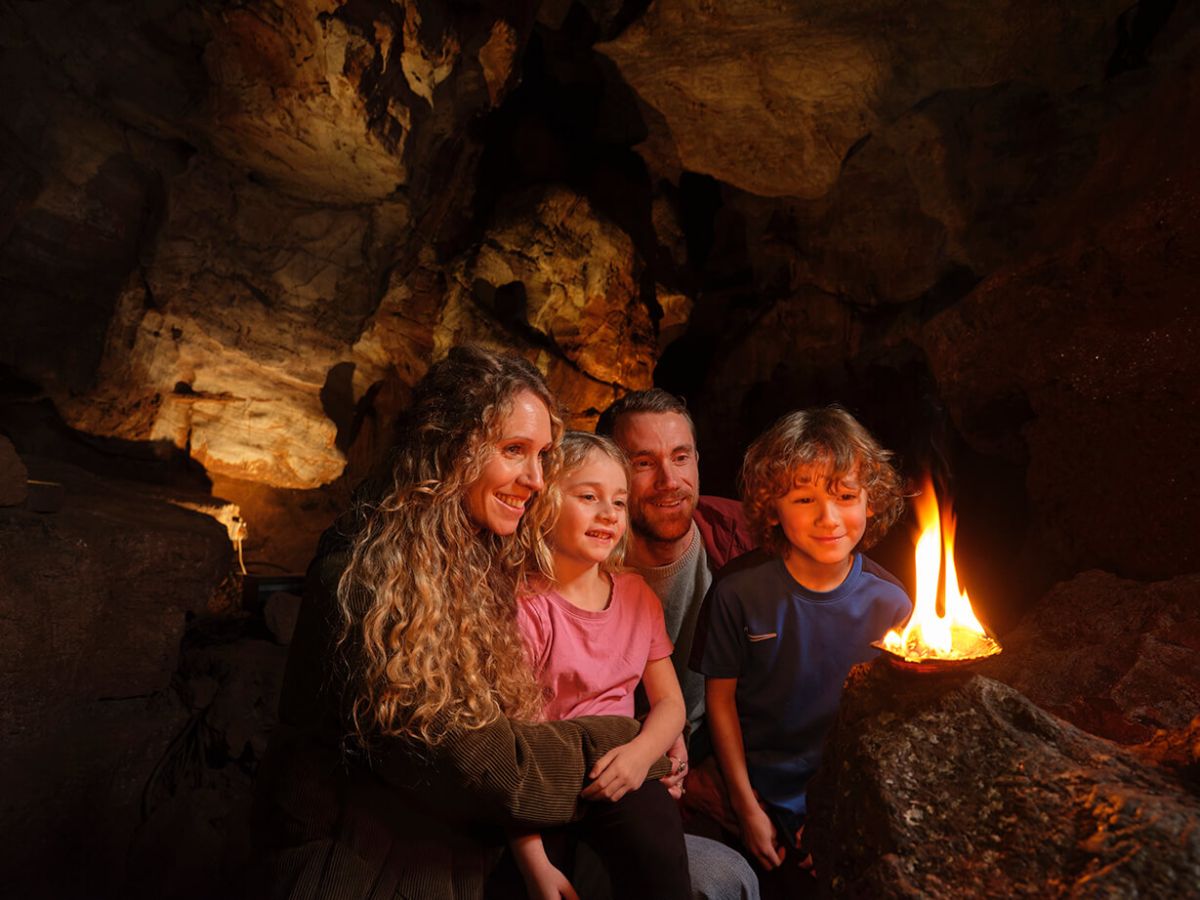
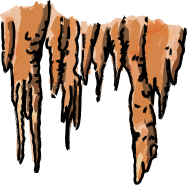
 picked.cave.lively
picked.cave.lively